

Articles
How To Store Tuna Salad
Modified: December 7, 2023
Discover the best articles on how to store tuna salad properly and keep it fresh for longer. Learn useful tips and techniques for preserving your favorite tuna salad dishes.
(Many of the links in this article redirect to a specific reviewed product. Your purchase of these products through affiliate links helps to generate commission for Storables.com, at no extra cost. Learn more)
Introduction
Welcome to the world of tuna salad, a delicious and versatile dish that can be enjoyed in a variety of ways. Whether you prefer it on a sandwich, as a topping for crackers, or as a salad on its own, there’s no denying that tuna salad is a popular choice for a quick and satisfying meal.
But what happens when you make a big batch of tuna salad and can’t finish it all in one sitting? Proper storage is key to maintain its freshness and flavor. In this article, we will explore the importance of storing tuna salad correctly, the best containers to use, and how to refrigerate or freeze it for later use. We’ll also share some helpful tips on how to extend its shelf life. So, let’s dive in and discover the secrets to perfectly storing tuna salad!
Key Takeaways:
- Properly storing tuna salad is crucial to maintain its taste, texture, and safety. Choose airtight containers, refrigerate for short-term use, and freeze for extended shelf life. Follow tips to maximize freshness and enjoy convenient, delicious meals.
- Select the right container, refrigerate for short-term use, and freeze for extended shelf life. Follow tips to maximize freshness and enjoy convenient, delicious meals.
Read more: How To Store Tuna
Why Properly Storing Tuna Salad is Important
Properly storing tuna salad is essential for several reasons. Firstly, it helps to maintain its taste and texture. Tuna salad is typically made with mayonnaise, which can spoil quickly if not stored correctly. By refrigerating or freezing the tuna salad, you can prevent the mayo from going bad and ensure that your salad stays fresh and appetizing.
Secondly, storing tuna salad properly helps to prevent the growth of harmful bacteria. When left at room temperature for an extended period, bacteria can multiply rapidly in mayo-based salads, leading to foodborne illnesses. Refrigerating or freezing the tuna salad slows down bacterial growth and helps to keep it safe to consume.
Additionally, proper storage helps to prevent the salad from becoming soggy or watery. If left uncovered or stored in a container that doesn’t provide an airtight seal, the tuna salad may absorb moisture from the surrounding environment, causing it to become overly mushy. By choosing the right container and properly sealing it, you can preserve the salad’s desirable texture and consistency.
Lastly, properly storing tuna salad allows you to enjoy it at your convenience. By refrigerating or freezing it, you can make a larger batch and portion it out for future meals. This not only saves you time and effort but also ensures that you always have a delicious and satisfying meal option readily available.
Now that we understand the importance of properly storing tuna salad, let’s explore the best containers to use for optimal storage.
Choosing the Right Container
When it comes to storing tuna salad, choosing the right container is crucial to maintain its freshness and quality. Here are some factors to consider when selecting a container:
- Airtight and Leak-Proof: Look for containers that have airtight lids to prevent air and moisture from entering. This helps to preserve the flavor and texture of the tuna salad. Additionally, opt for leak-proof containers to avoid any spills or messes in your refrigerator or freezer.
- Size and Shape: Choose a container that is suitable for the amount of tuna salad you plan to store. It should have enough space to accommodate the salad without squishing or overcrowding it. Consider rectangular or square-shaped containers as they are more space-efficient and stackable.
- Durable and Food-Safe: Opt for containers made from high-quality materials such as glass, BPA-free plastic, or stainless steel. These materials are safe for food storage and are less prone to staining or absorbing odors from the tuna salad.
When it comes to specific container options, there are a few choices to consider:
- Glass Containers: Glass containers are an excellent option as they are non-reactive and do not absorb flavors or odors. They are also transparent, allowing you to easily see the contents of the container. Look for ones with airtight lids or opt for containers with locking mechanisms for added security.
- Plastic Containers: If using plastic containers, ensure they are BPA-free and food-grade. Look for containers with a tight-sealing lid to keep your tuna salad fresh. Keep in mind that plastic can sometimes absorb flavors and odors, so choose containers specifically designated for food storage.
- Reusable Ziplock Bags: For space-saving options, you can use reusable ziplock bags. These bags are convenient for storing individual portions of tuna salad and can be easily sealed to prevent any leakage or air exposure.
Remember to clean and sanitize your chosen containers before using them to store tuna salad. This will help to maintain food safety and prevent any cross-contamination. Now that we have covered container selection, let’s move on to the next step: refrigerating tuna salad.
Refrigerating Tuna Salad
Refrigeration is the most common and convenient method of storing tuna salad for short-term use. Follow these steps for properly refrigerating your tuna salad:
- Transfer the tuna salad into an airtight container. Make sure to leave some headspace at the top to allow for expansion and prevent the salad from getting squished.
- Seal the container tightly to prevent air and moisture from entering.
- Label the container with the date to keep track of its freshness.
- Place the container in the refrigerator, ideally in a spot where it won’t get knocked around or crushed by heavier items.
Tuna salad should be refrigerated at a temperature below 40°F (4°C). It is recommended to consume the refrigerated tuna salad within 3-5 days to ensure its freshness and quality. However, always use your judgment and discard the salad if it shows any signs of spoilage, such as an unusual smell or appearance.
When ready to enjoy the refrigerated tuna salad, give it a quick stir to redistribute any separated liquids or mayo. You may also want to add fresh toppings or ingredients to enhance the taste. Remember to keep the salad refrigerated until you’re ready to eat it again.
Now, let’s move on to the next storage method: freezing tuna salad.
Store tuna salad in an airtight container in the refrigerator for up to 3 days. Keep it away from strong-smelling foods to prevent absorption of odors.
Freezing Tuna Salad
If you have a larger batch of tuna salad that you won’t be able to consume within a few days, freezing it can be a great option to extend its shelf life. Here’s how you can freeze tuna salad:
- Transfer the tuna salad into an airtight container or freezer-safe bag. Ensure that you remove as much air as possible from the container or bag before sealing it to prevent freezer burn.
- If using a container, leave some headspace to allow for expansion during freezing.
- Label the container or bag with the date for easy reference.
- Place the container or bag in the freezer, ideally in a spot where it won’t get crushed or pushed to the back.
Tuna salad can be stored in the freezer for up to 2-3 months. After this time, it may start to lose its flavor and texture. When you’re ready to thaw the frozen tuna salad, transfer it to the refrigerator and let it defrost overnight. Avoid microwaving or thawing at room temperature, as this can lead to uneven defrosting and potential bacterial growth.
Once thawed, give the tuna salad a thorough stir to ensure that the ingredients are well combined. You may find that the texture of the salad has changed slightly due to the freezing process, but it should still be enjoyable to eat.
It’s important to note that the mayo in the tuna salad may separate slightly after freezing and thawing. This is normal and can be remedied by giving the salad a good mix before consuming.
Now that you know how to freeze tuna salad, let’s move on to some tips for extending its shelf life.
Tips for Extending Shelf Life
To maximize the shelf life of your tuna salad and maintain its freshness, consider these useful tips:
- Keep it chilled: Keep your tuna salad refrigerated at all times when not in use. Avoid leaving it out at room temperature for an extended period, as this can promote bacterial growth and spoilage.
- Store in small portions: If you frequently find yourself with leftover tuna salad, consider storing it in smaller, individual portions. This way, you can thaw only what you need, minimizing waste and maintaining quality.
- Add ingredients later: If you plan to store tuna salad for an extended period, consider adding ingredients like fresh herbs, diced onions, or celery right before serving. This helps to keep those ingredients fresh, crisp, and flavorful.
- Use high-quality ingredients: Opt for fresh, high-quality ingredients when making your tuna salad. Freshly cooked or canned tuna, crisp vegetables, and quality mayonnaise can all contribute to a longer shelf life and better taste.
- Avoid excessive seasoning: While adding spices and seasonings can elevate the flavor of your tuna salad, excessive use can lead to a shorter shelf life. If you plan to store the salad for an extended period, go easy on the strong spices and flavors.
- Thaw and consume within a reasonable timeframe: Once you’ve thawed frozen tuna salad, consume it within 1-2 days for the best taste and quality. Avoid refreezing previously frozen tuna salad, as this can lead to a loss of texture and taste.
By following these tips, you can extend the shelf life of your tuna salad and ensure that it remains fresh and delicious for longer periods.
Now that you’re equipped with the knowledge of proper tuna salad storage, it’s time to put it into practice. Enjoy the convenience of having tasty and satisfying tuna salad ready to be enjoyed whenever you crave it!
If you have any other questions or need further assistance, feel free to reach out. Happy storing!
Conclusion
Properly storing tuna salad is essential to maintain its freshness, taste, and quality. By choosing the right container, whether it be glass, plastic, or reusable ziplock bags, you can ensure that your tuna salad stays airtight, leak-proof, and safe from contamination. Refrigerating tuna salad allows for short-term storage, while freezing it extends its shelf life for future use.
Remember to always refrigerate tuna salad promptly and consume it within 3-5 days for the best quality. When freezing tuna salad, properly label the container or bag and use it within 2-3 months to preserve its flavor and texture.
Follow these tips for extending the shelf life of your tuna salad, such as keeping it chilled, storing in small portions, adding ingredients later, using high-quality ingredients, avoiding excessive seasoning, and consuming thawed salad within a reasonable timeframe.
By practicing proper storage techniques, you can enjoy the convenience of having tuna salad readily available for quick and delicious meals whenever you desire. So, next time you make a batch of tuna salad, remember these storage tips and enjoy the freshness and flavor that properly stored tuna salad brings to the table!
If you have any further questions or need additional guidance, don’t hesitate to seek help. Happy storing and delicious eating!
Frequently Asked Questions about How To Store Tuna Salad
Was this page helpful?
At Storables.com, we guarantee accurate and reliable information. Our content, validated by Expert Board Contributors, is crafted following stringent Editorial Policies. We're committed to providing you with well-researched, expert-backed insights for all your informational needs.

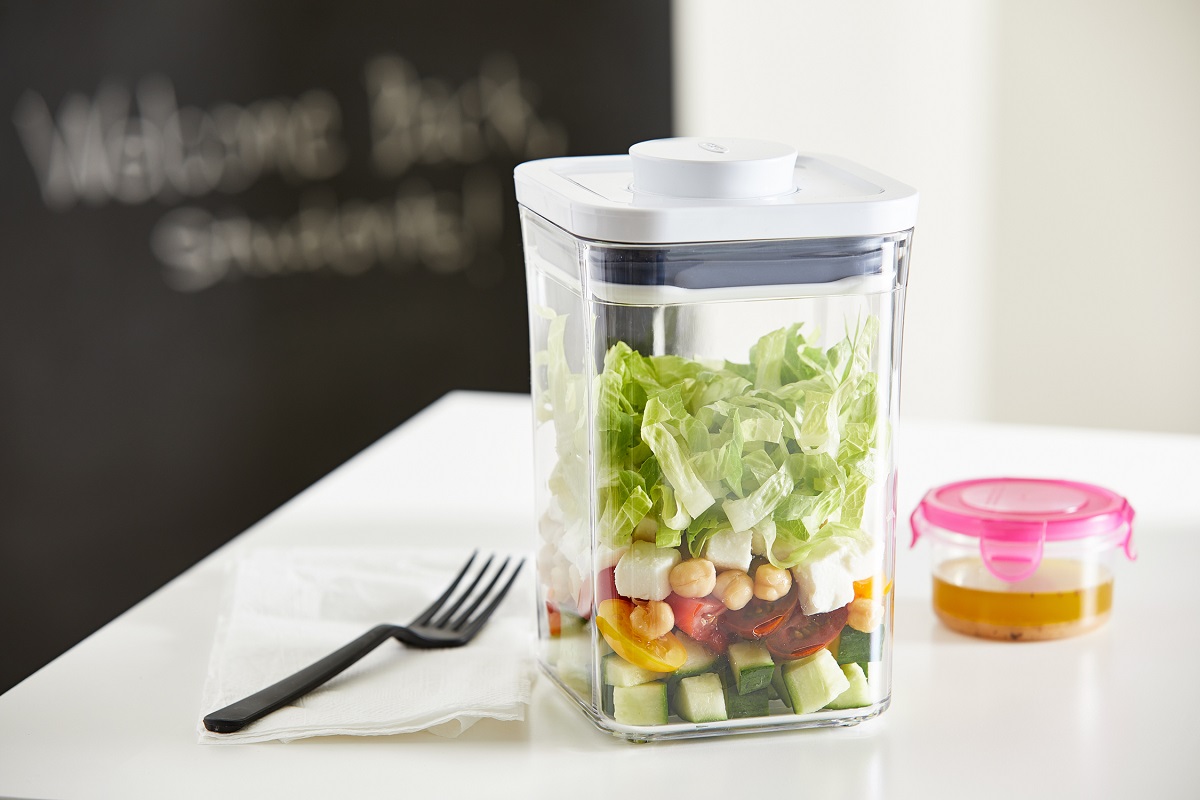
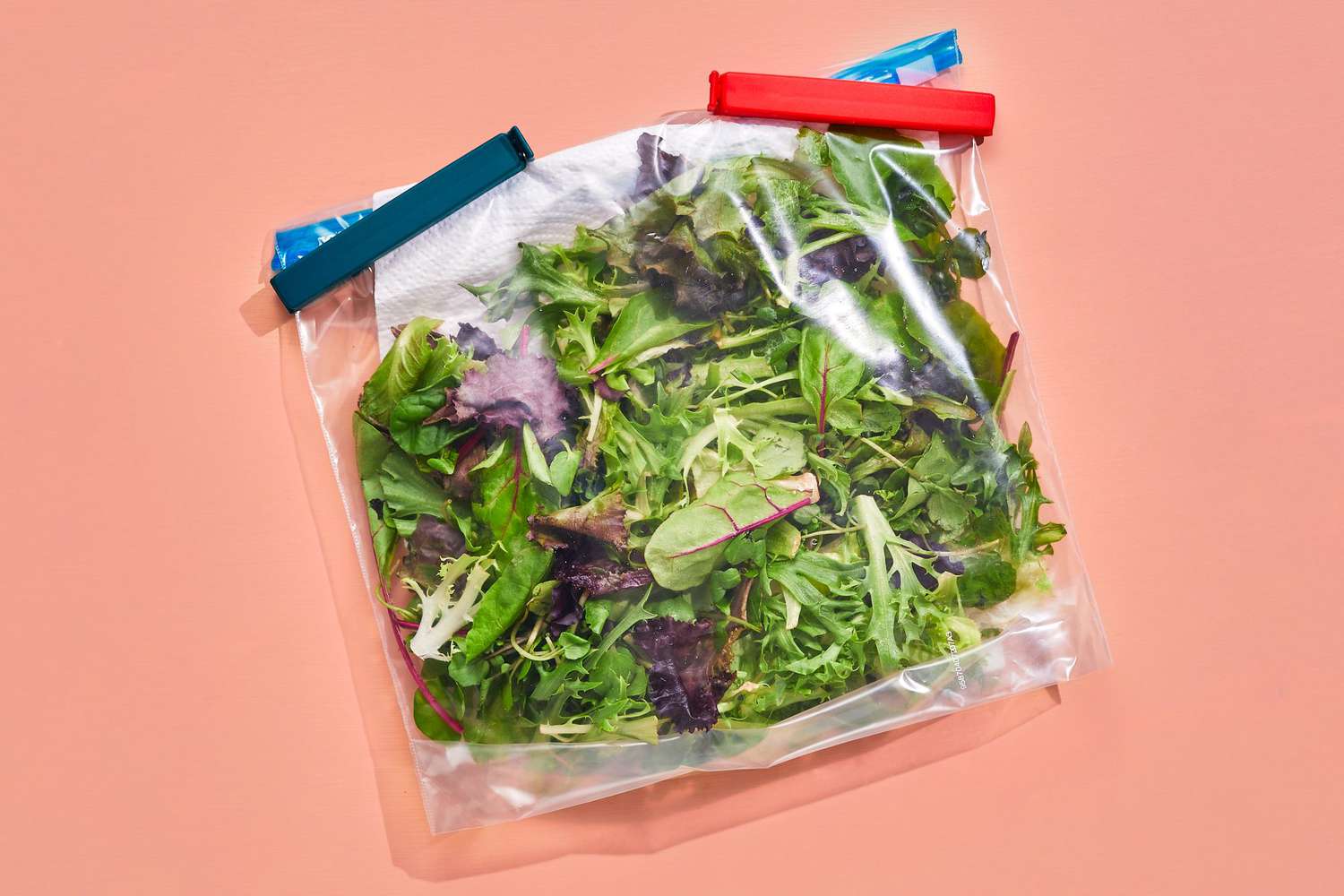
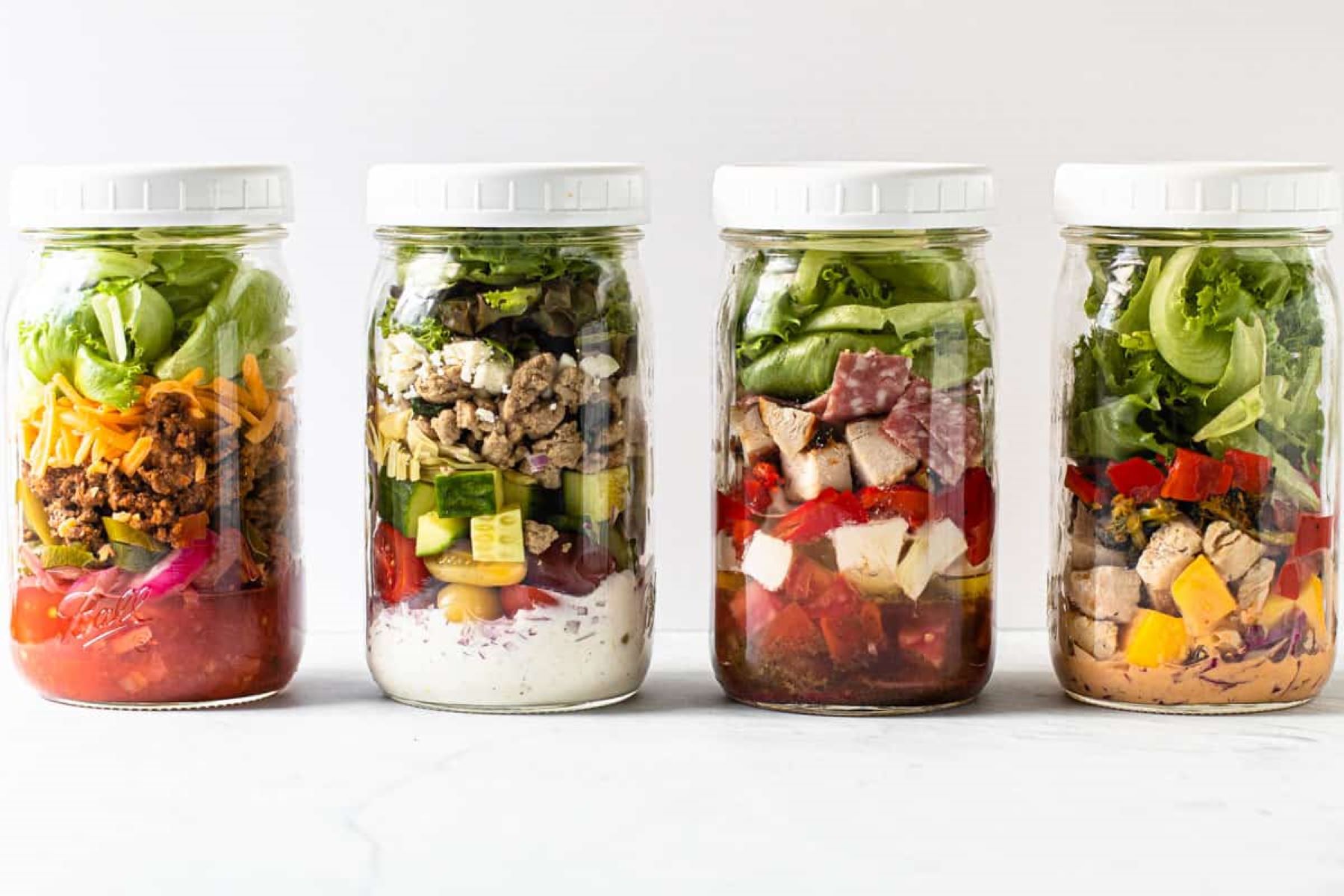
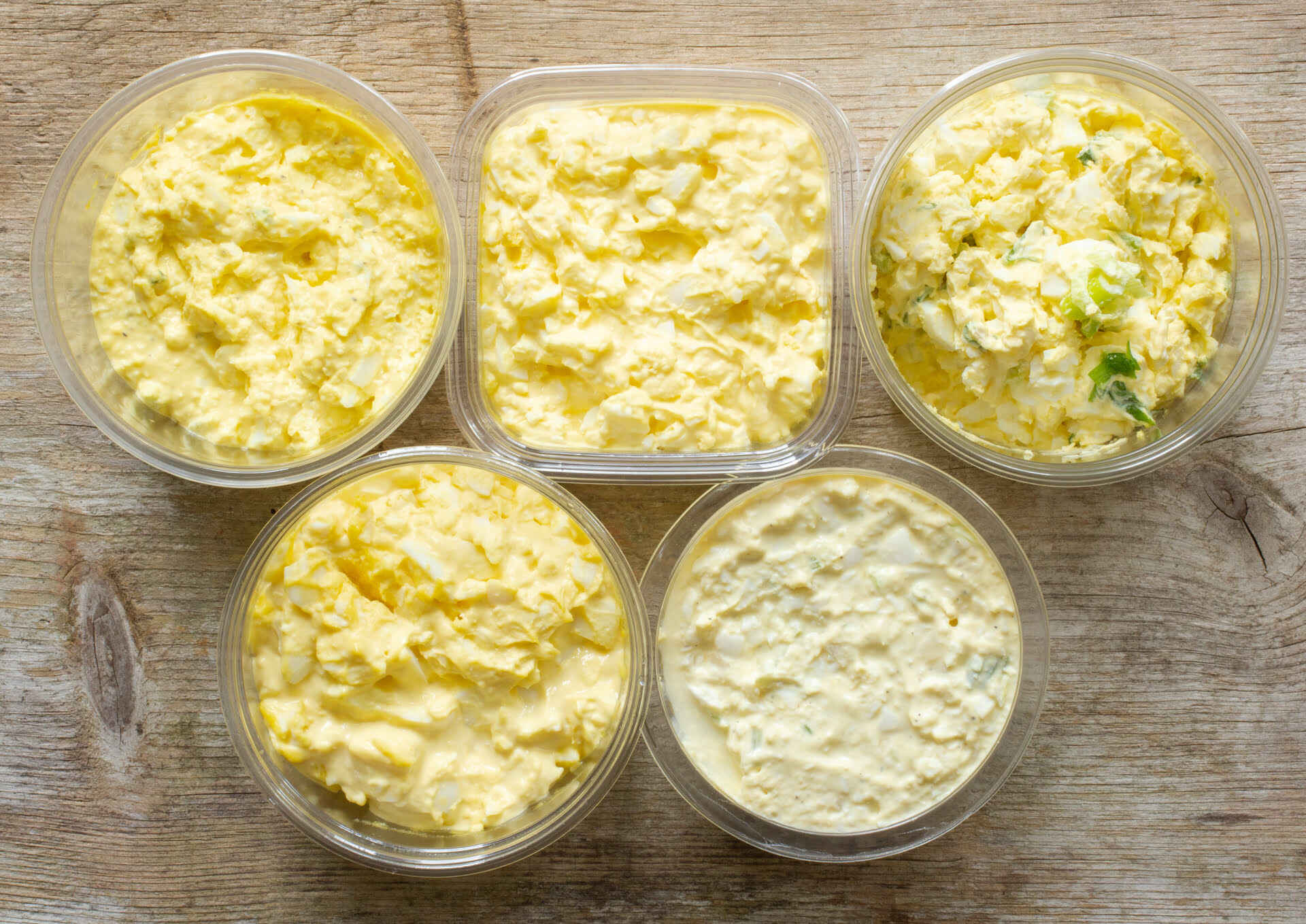


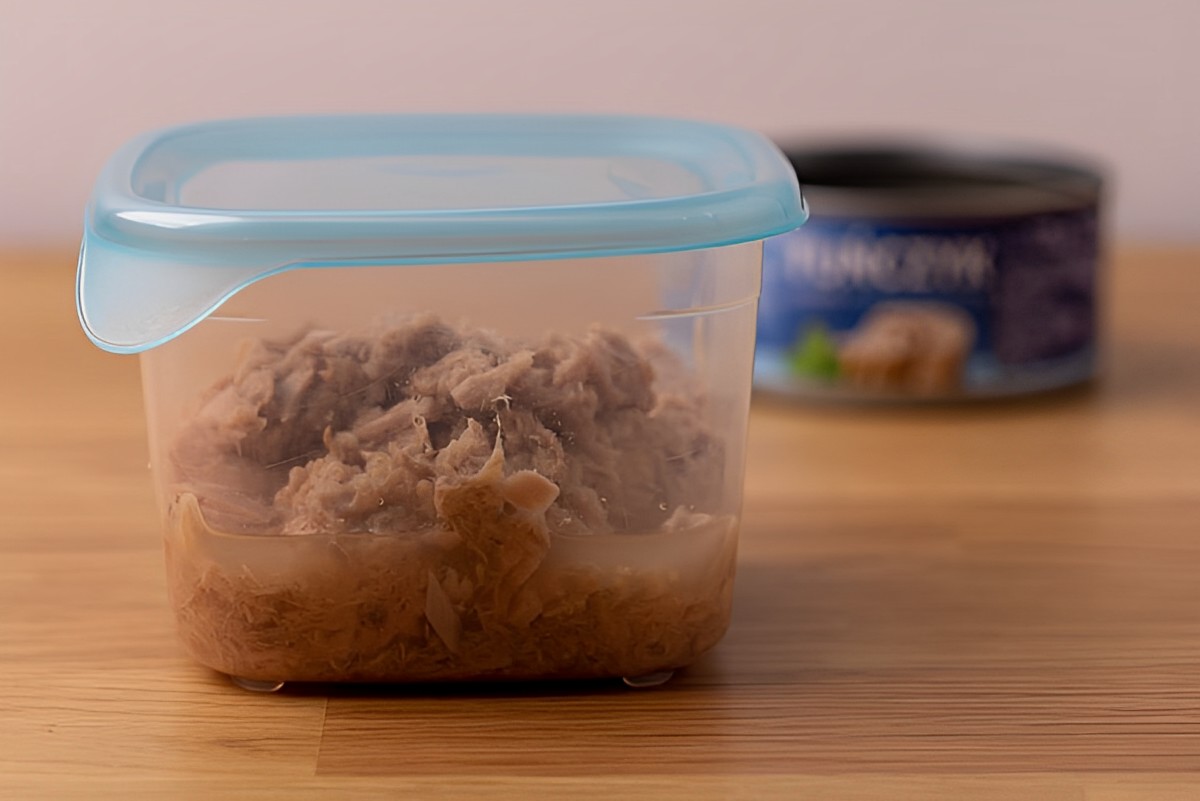


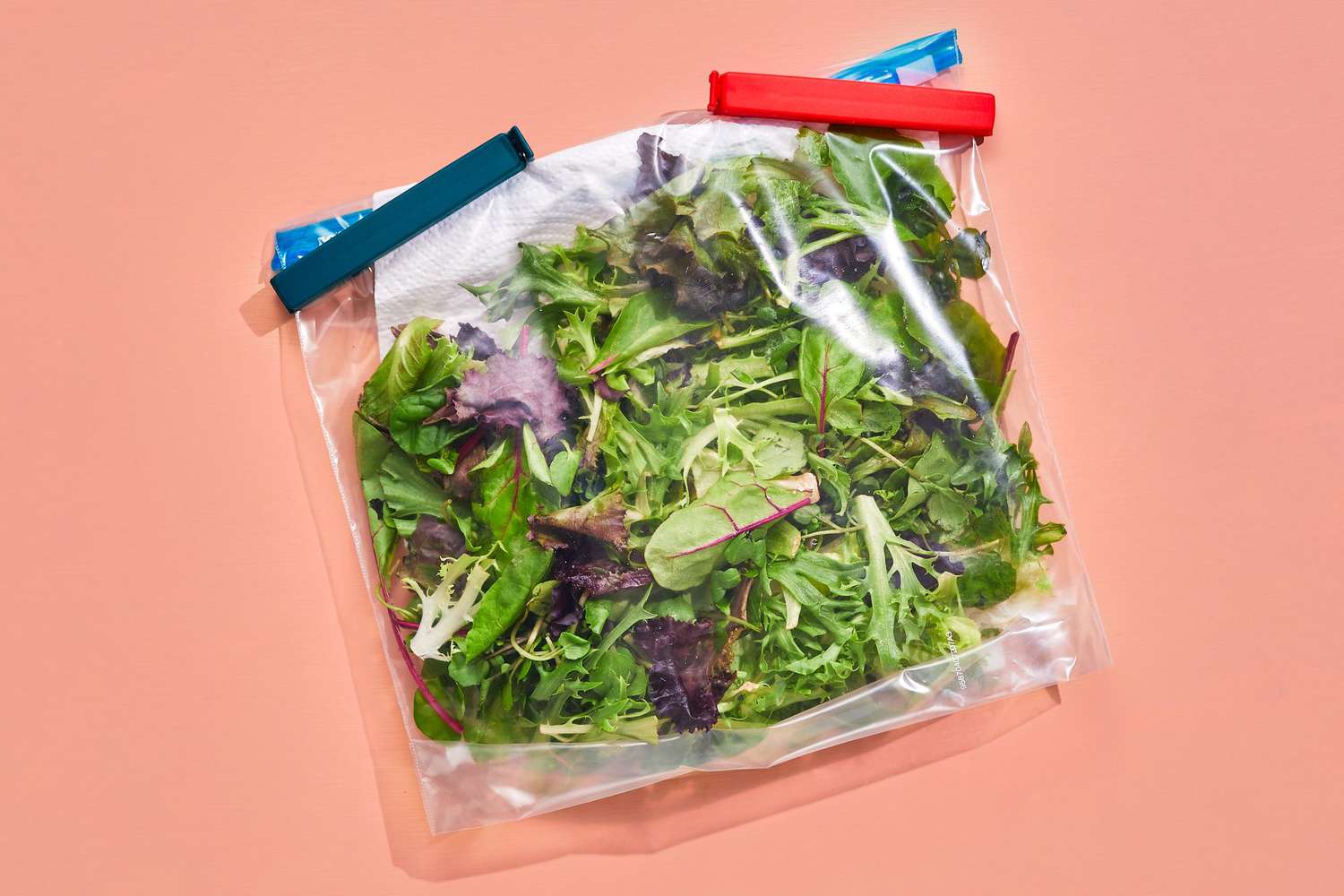


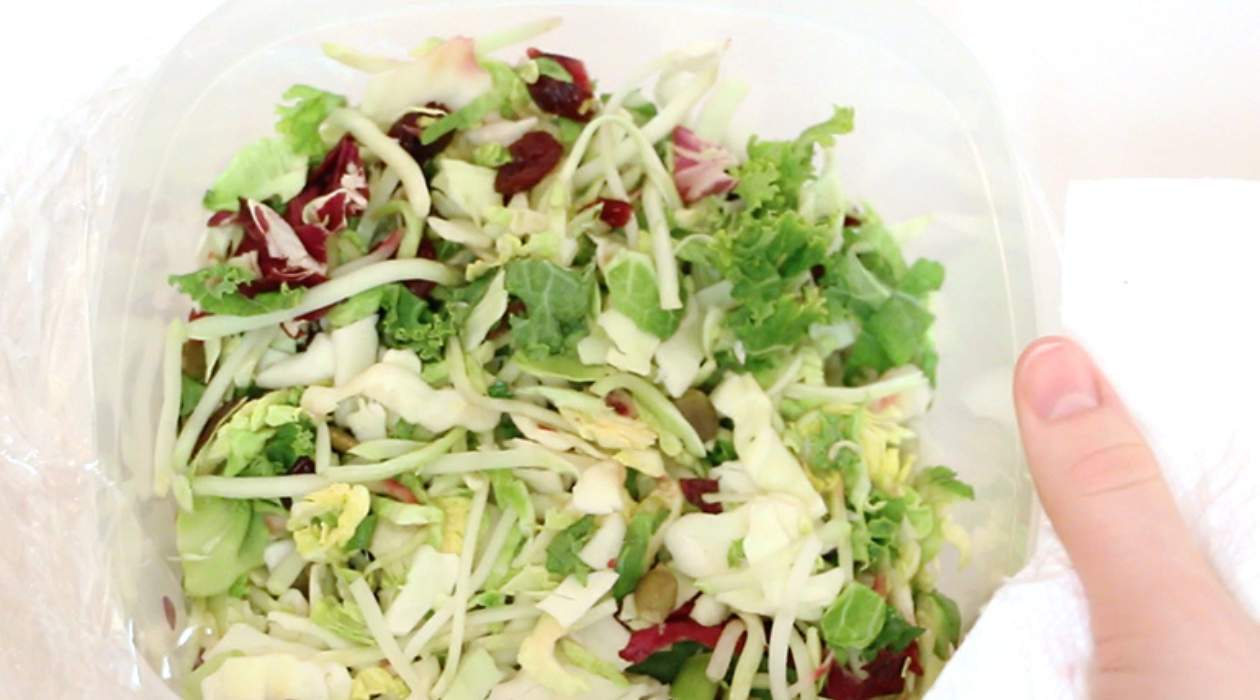

0 thoughts on “How To Store Tuna Salad”